Sonia Bridge
What is at stake within Breer’s process and distinctive employment of cinematic assemblage within the postwar period, is not only the desire to investigate non-traditional sites and techniques and to inclusively claim, say, the moving-image as an artistic medium, but to make these claims comprehensible through their aesthetic modes and means.
Featured Media
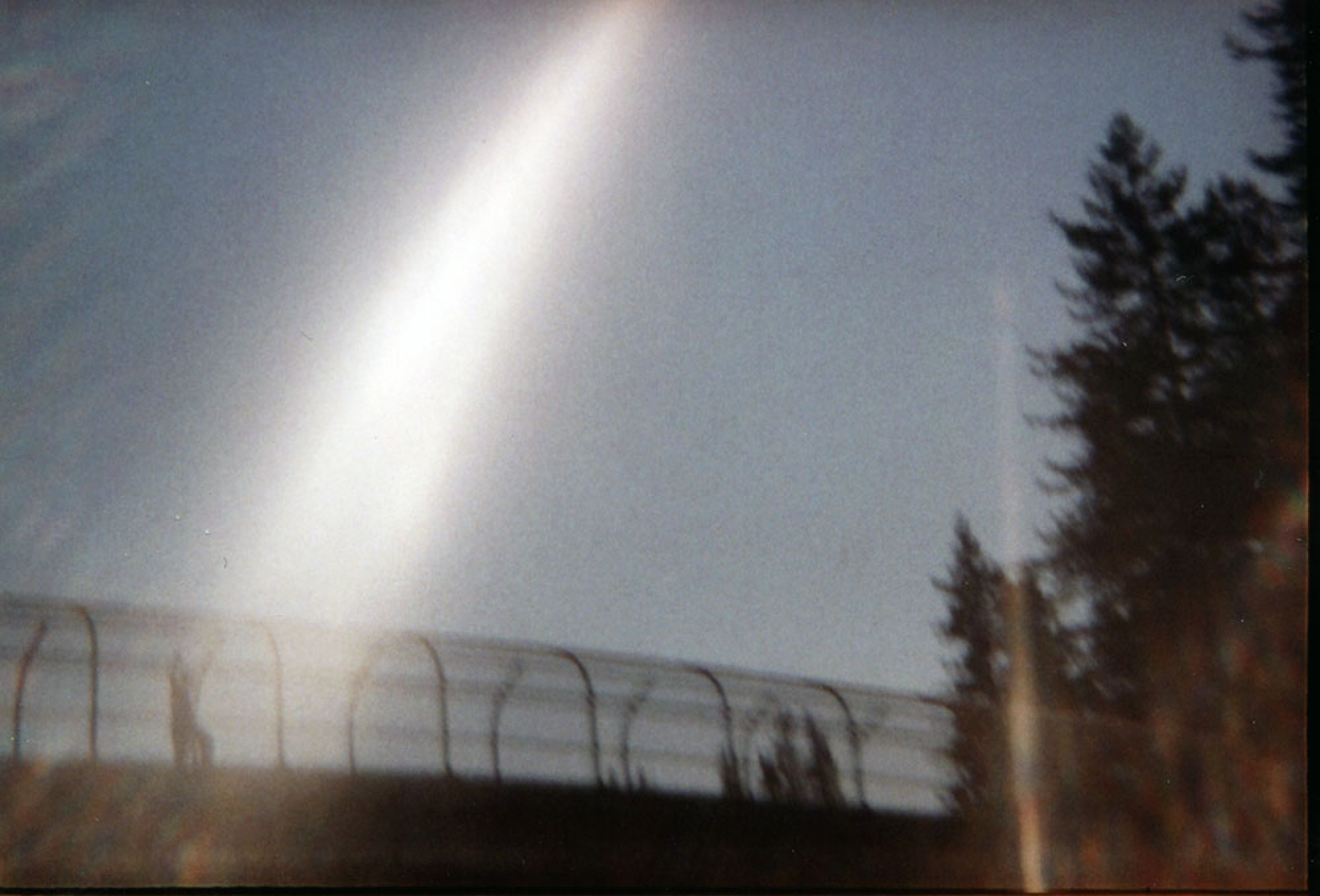
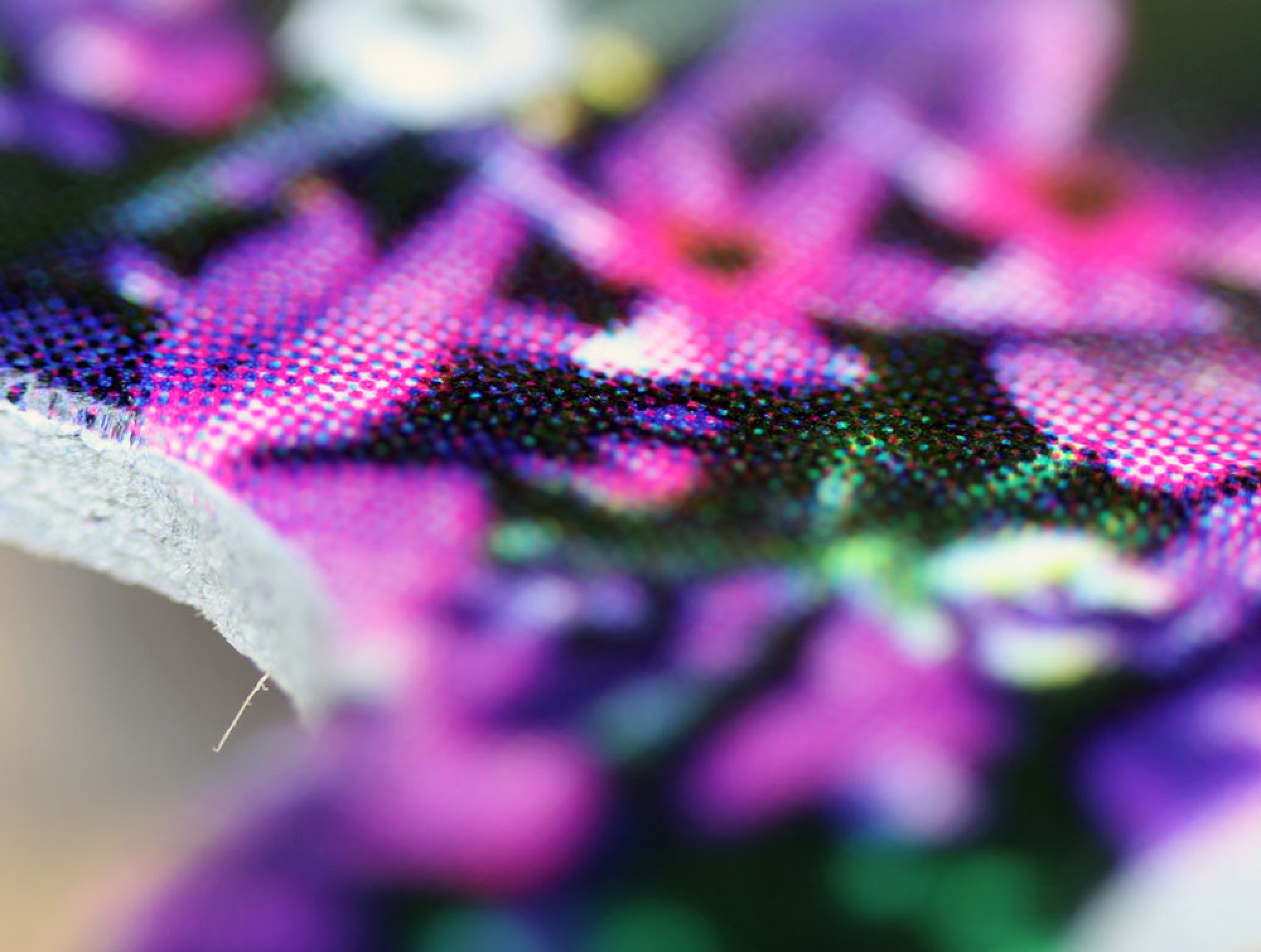
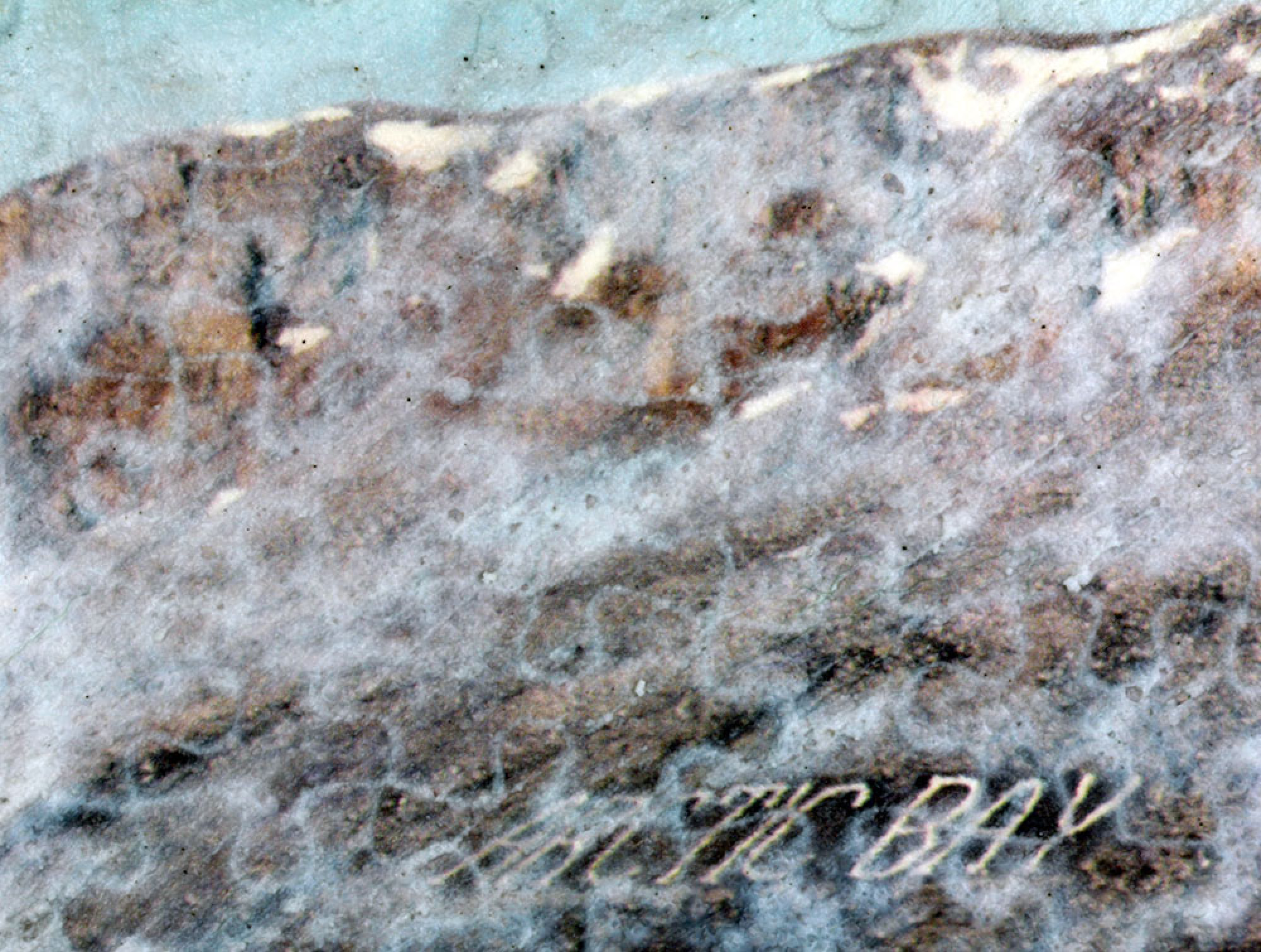
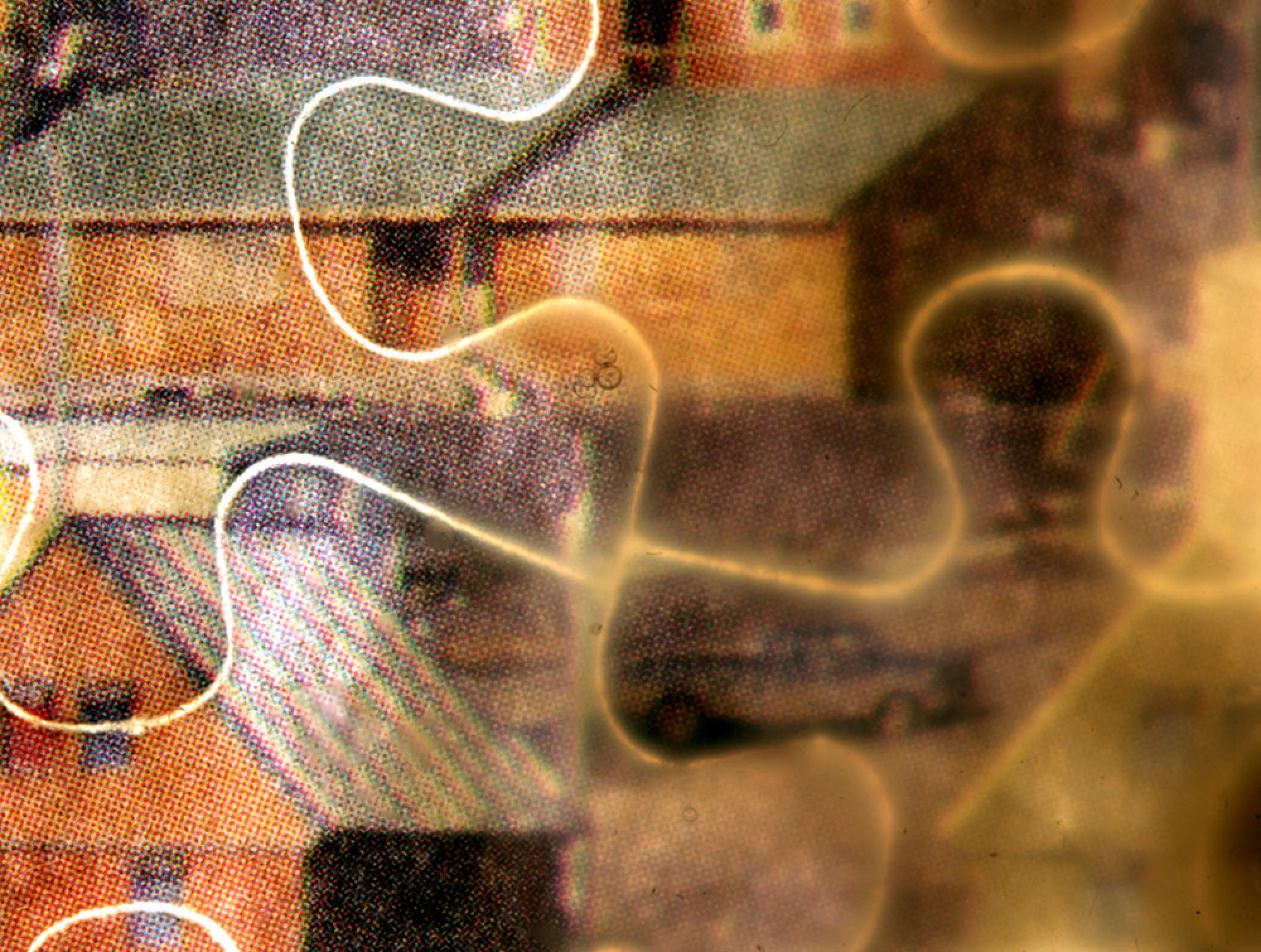
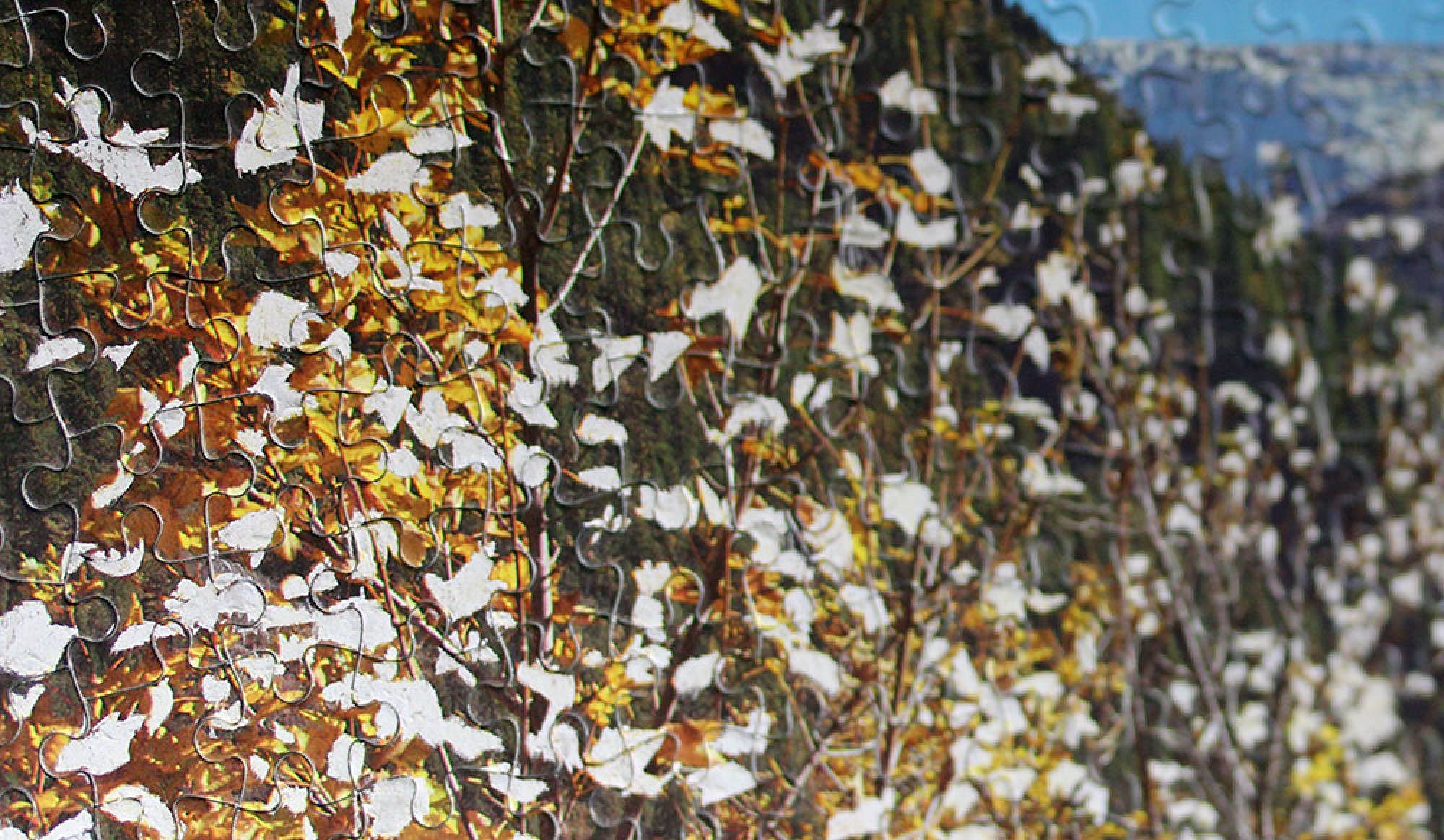





What is at stake within Breer’s process and distinctive employment of cinematic assemblage within the postwar period, is not only the desire to investigate non-traditional sites and techniques and to inclusively claim, say, the moving-image as an artistic medium, but to make these claims comprehensible through their aesthetic modes and means. By doing so Breer’s work expands and transfigures the problematic of self-reflexive medium-specificity that had become markedly constrictive and participates in the wide-ranging transformation of the prevailing notions of art and more fundamentally in questions of the technical mediation of experience.
The fact that artists exploring the medium of film and animation have remained considerably marginalized from the critical discourse and canonization of postwar art is testament in Breer’s case to the risks he takes. Redressing this persistent underappreciation, however, the thesis will be attentive to the historical disciplinary differences of the forms of knowledge and skill between experimental animation, avant-garde, structural-formalist film, and the former hierarchically established mediums of Fine Art e.g (abstract) painting, and (kinetic) sculpture in which Breer’s work has been variously situated and received. The aesthetic explorations within Breer’s practice become significant here, for the ways in which diverse tensions and culturally complex attitudes to form are rendered apparent. Similarly pertinent non-art influences are also highlighted to elaborate the complex juncture between art, the everyday, and actuality technologically mediated, as well as, the influence of mass media, and popular modernism.
Breer’s reflexive incorporation of non-art elements will also be explored in the context of the neo-avant-garde and neo-dada assemblage, and from this pivot the thesis will trace a distinctive course with experimental animation and film, whose links are now often assumed under the current moniker artist’ film but which often remain without the need for immanent elaboration in this period which has perhaps become more ostensibly characterized by market driven pluralism. “A polemic against pluralism is not a plea for old truths. Rather, it is a plea to invent new truths or, more precisely, to reinvent old truths radically.” (Foster)